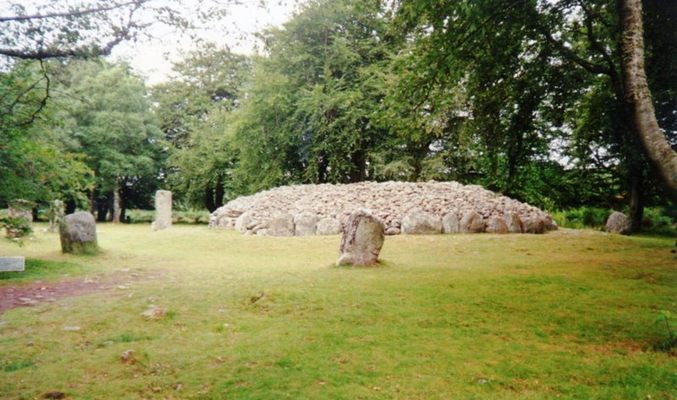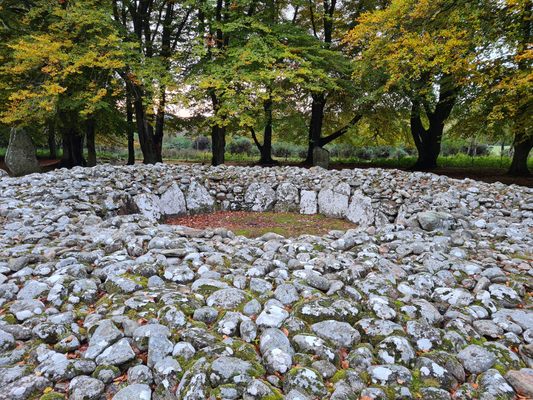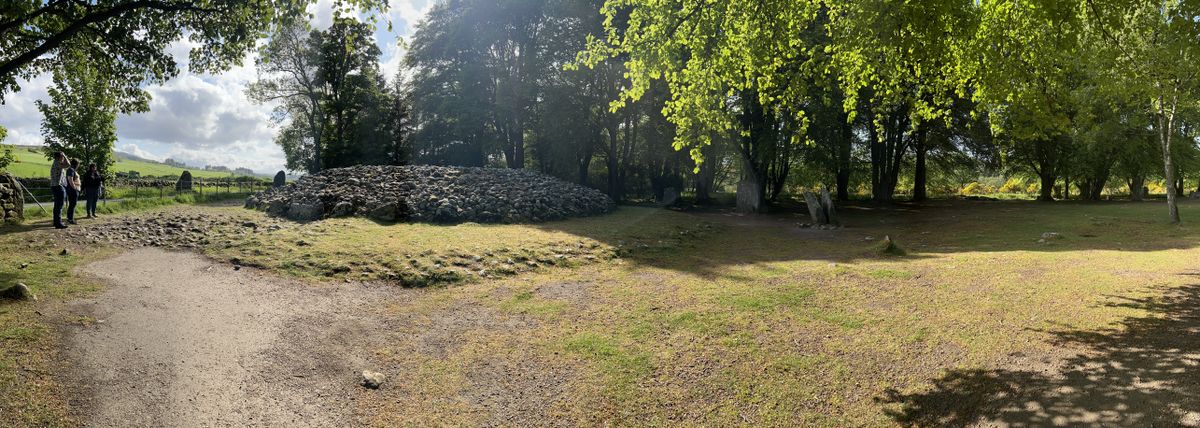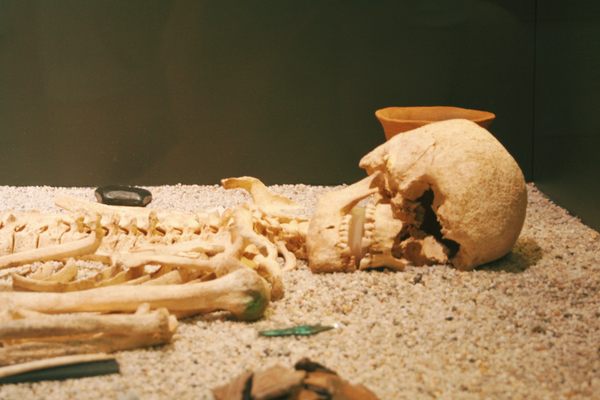About
Just a few miles southwest of the Culloden battle site in Highland, Scotland, where the last stand of the final Jacobite rising took place, there is a Bronze Age remnant. The Clava Cairns, also known as the Prehistoric Burial Cairns of Bulnuaran of Clava, date back about 4,000 years
The most prominent features of the Clava Cairns site are three large, circular burial chambers that date to around 2,000 B.C. Generally, cairns fall into two categories: annular ring cairns, which are round, low embankments, and corbelled passage graves. which consist of one burial chamber and a short passageway that links the chamber to the outside world.
Clava Cairns actually overlaps with another cemetery that was used almost 1,000 years later. In some cases this involved new burials in existing cairns, but also included the construction of many smaller grave structures, as well as a series of standing stones known as kerb cairns.
The stones appear to have been specially selected for their size and color. The larger and more red colored stones are to the southwest of the circles. Smaller, whiter stones are located toward the northeast section of the site. This collection of cairns are just a few of around 50 similar such stones found around the Inverness area.
Related Tags
Know Before You Go
The Clava Cairns are free to visit and open throughout the year.
Flavors of Scotland: Beyond the Haggis
Smoked seafood, single malt whisky, and warm hospitality.
Book NowCommunity Contributors
Added By
Published
April 8, 2020


















































































